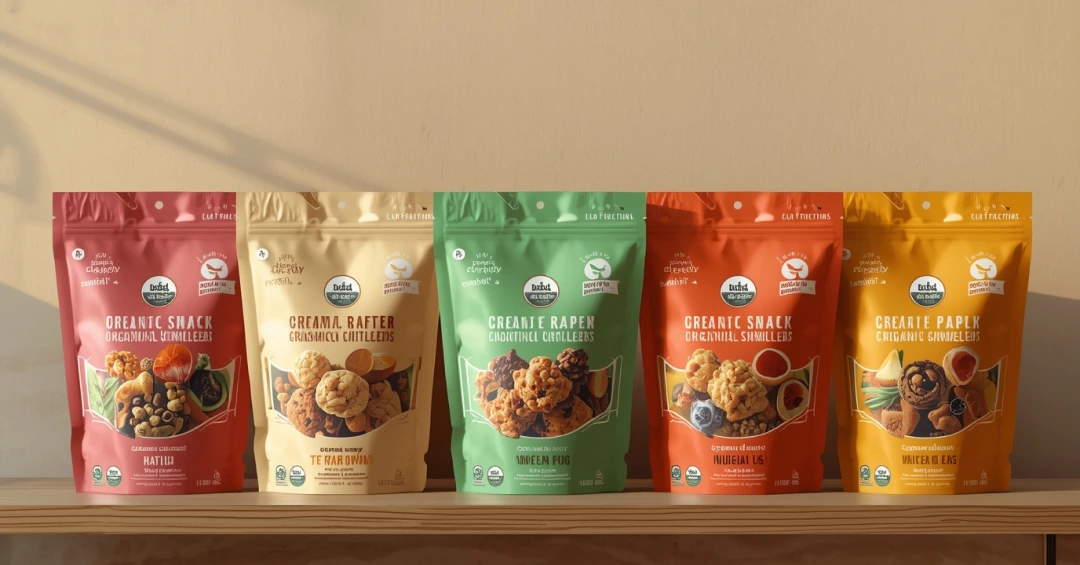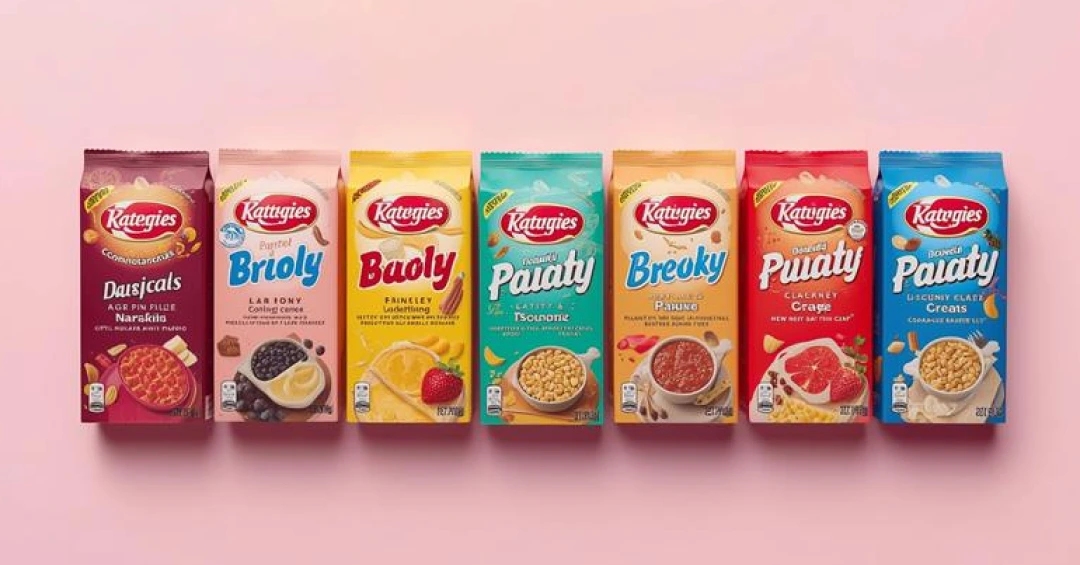Remember when Alma Pak International LLC landed in the FDA’s radar? Their "organic" blueberries tested positive for Listeria. Customers who paid premium prices, expecting clean, organic fruit, instead faced a significant health risk.
Grimmway Farms experienced its own nightmare with E. coli in its organic produce, resulting in a voluntary recall and significant PR damage.
Labeling a product "organic" because it's trendy or to boost sales can get too costly for brands. When consumers pay $8 for an organic product instead of $3, they aren’t just buying food; they’re making a conscious decision.
This blog will dive into what organic labeling involves: right from fundamental requirements to the places where brands screw up, and how to avoid brand damage.
Types of Organic Labels
The USDA National Organic Program (NOP) states four organic labeling categories:
- 100% Organic products are those where every ingredient is certified organic. Products that meet this standard are eligible to display the USDA seal.
- Organic means a minimum of 95% certified organic content, with only 5% non-organic ingredients. Such products can also have the organic seal.
- Made with Organic Ingredients requires a minimum of 70% certified organic content. Companies can list up to three organic ingredients or ingredient categories right on the front panel and cannot use the seal.
- Specific Organic Ingredient Listings that are below 70% organic cannot be marked as organic or use the seal.
Mandatory Organic Labeling Requirements
When it comes to organic labeling, brands must deal with both FDA and USDA oversight. The National Organic Program doesn't just care about what's in the product. They want to know about farming practices, processing methods, and how brands prevent contamination.
- Organic product labeling rules: Your principal display panel should prominently feature the product name and any organic claims. Burying information or using confusing layouts can come back to haunt you during inspections. The information panel must have the ingredient list, ordered by weight from highest to lowest.
- Ingredient statements: Ingredient statements need precision. While listing ingredients, brands must ensure accuracy and compliance.
- Certification agency details: When putting an organic seal, brands must include certification details. This includes clearly mentioning the details of the certification agency.
- Handling and processing standards: Handling and processing documentation is non-negotiable. Auditors require an accurate paper trail to prove that nothing was cross-contaminated with non-organic materials, from the farm to the finished product.
- Font size and placement considerations: Font size seems trivial until brands fail an inspection because their text didn't meet USDA minimum readability standards. The same goes for traceability information; if people can't read it, it doesn't count.
5 Organic Labeling Risks to Avoid
Obtaining the organic label correctly requires accuracy, trust, and compliance. These five traps can subtly jeopardize both.
- Seal Abuse: That little green USDA organic seal is federally protected. Brands that use the seal without proper certification can expect costly fines, forced recalls, and repercussions for non-compliance.
- Incorrect percentages: Simple mistakes like putting 69% organic ingredients instead of 70% can cost brands a lot. This is particularly common with products that contain flavor systems, coatings, and multiple sub-ingredients.
- Unsupported Health Claims: Organic products with claims such as "Supports your immune system!" must be backed by data. If brands can’t prove these health claims, their labels are considered misleading.
- Supply Chain Gaps: The organic certificate runs all the way back through suppliers. Brands that source ingredients from someone who's not certified or only partially certified risk breaking the organic chain.
- Version Control Chaos: For companies with 200 SKUs, keeping track of approved label versions can get tricky. If the wrong label is printed, brands can face the consequences of inconsistent claims and potential regulatory violations.
Ensuring Organic Label Compliance with ManageArtworks
Managing the complex web of organic labeling in spreadsheets and email chains is a sure-shot recipe for mistakes. Instead, companies must invest in intelligent label management tools to ensure:
- Every label version is tracked in the system. Any change that is made automatically routes through the person or department that needs to approve it, regardless of whether it involves regulatory, quality, or legal matters.
- Claims validation happens automatically across the entire portfolio. Update one certification, and the system identifies every product that references it. Change an ingredient and it flags every SKU that uses it.
- When auditors arrive, you have a complete digital trail. Who approved what, when they approved it, and what changes were made between versions — all of this gets documented.
- Labels are checked against current regulations. Brands can catch potential issues before they become actual violations and get automated alerts on mistakes that human reviewers might miss.
Conclusion
Organic food is no longer a fad. Today’s customers are increasingly concerned about ingredient sourcing, researching brands, and reading labels. When they see that organic certification, they're not just seeing a marketing badge. They know that you followed the rules and are concerned about their health and safety.
Brands that invest in organic labeling are building customer trust in a competitive market. Learn how tools like ManageArtworks help avoid organic labeling risks with accuracy.
Whether you're launching your first organic product or managing 500 SKUs, the system can ensure every label is accurate, every time. Speak to our experts to get started today!
Frequently Asked Questions
A product with a 100% organic seal means every ingredient and processing aid is certified organic, with no substitutions or synthetic elements.
No. Using organic claims without certification is a violation of federal regulations and may result in enforcement action.
Most brands utilize specialized label management software to automate version control, track certifications, and streamline the approval of changes through efficient workflows.





.webp)
















